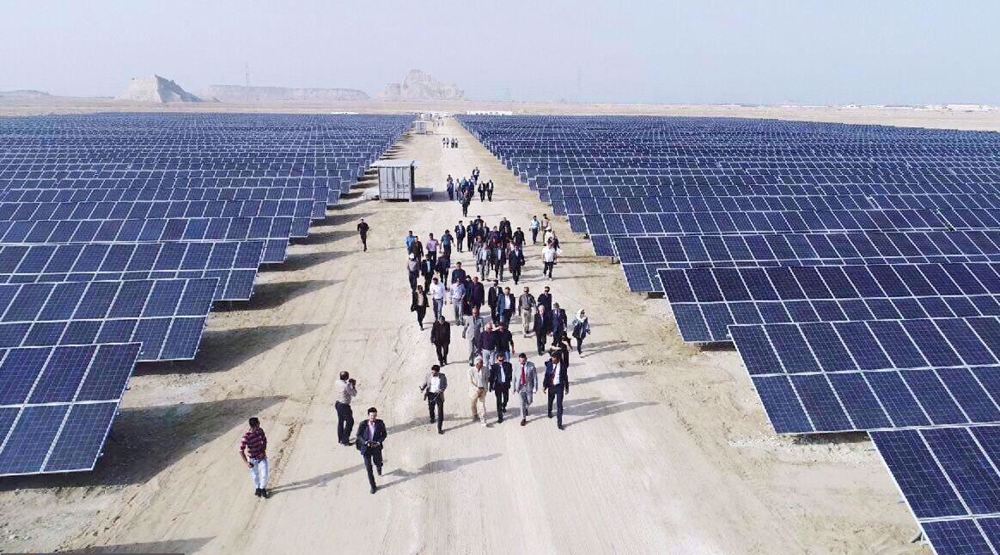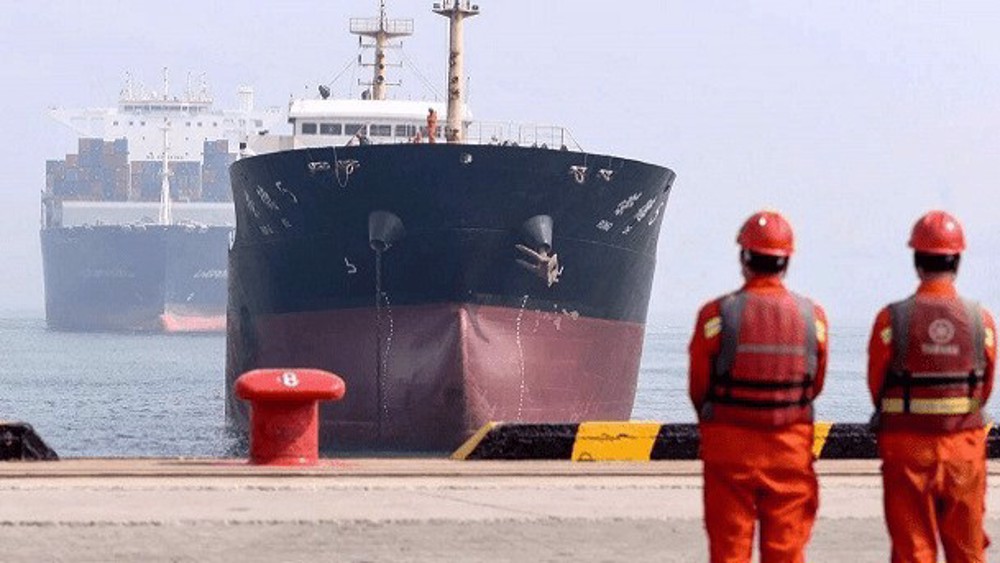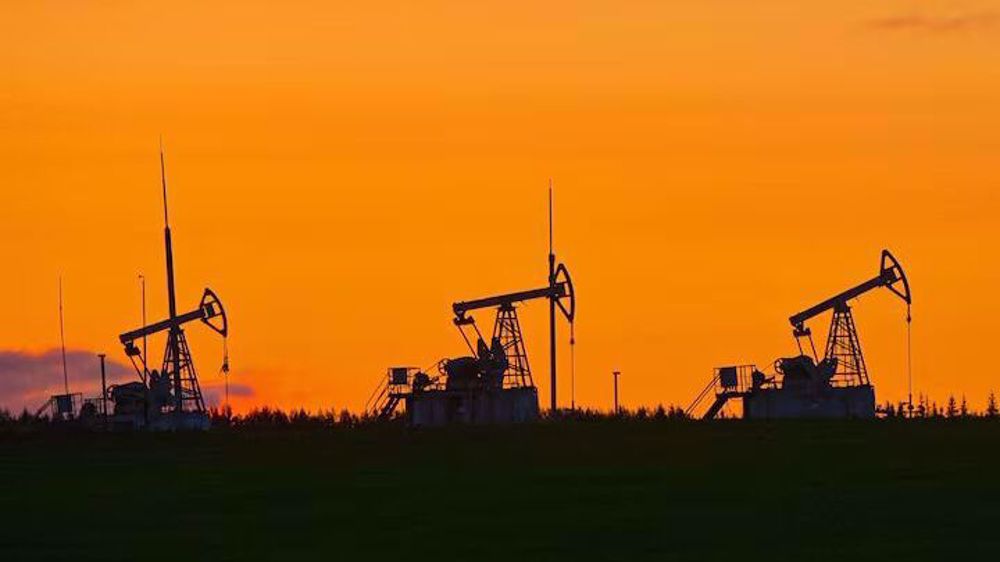Iran’s renewable energy profile and massive potential
The economic council of the Iranian government has approved the construction of 3,000 megawatts of wind power, head of Iran's Renewable Energy and Energy Efficiency Organization (SATBA) Mahmoud Kamani says.
For the past year and a half, models for the construction of wind power plants along with solar power plants have been presented and discussed by the council, with a final decision made Wednesday night.
The electricity generated by the wind power plants will be purchased by the Ministry of Energy at a rate of 9.5 cents for a period of four and a half years, after which the owners of the power plants can trade it on Iran Energy Exchange (IRENEX).
The statute of the self-regulatory commodity exchange stipulates that all energy carriers and energy based derivatives including oil, gas and electricity shall be listed and traded on one of the IRENEX markets.
The company says its mission is to develop a market in which trades are done under transparency, efficiency and liquidity.
According to Kamani, sites for constructing 40,000 MW of renewable capacity have been identified. In the first phase, tenders will be held for four sites in Razavi and South Khorasan, Sistan and Baluchistan and Zanjan provinces to build wind power plants.
In the next phase, tenders will be held in ten other provinces, including Kerman and Semnan, where the necessary appraisals have been completed.
The initial 3,000 MW capacity is estimated to join the national grid in five years since wind powers usually take more time to build than solar powers, Kamani said.
In the past, Iranian officials have said there is a potential to install 30,000 MW of wind power and 10,000 MW of solar power capacity in the country.
Currently, Iran has about 450 MW of wind power installed. It has also an installed capacity of about 440 MW represented by solar installations.
Iran is a signatory of the 2015 Paris climate agreement committing 195 nations to limit their carbon emissions. In its intended nationally determined contribution (INDC) in 2015, Iran committed to reducing its greenhouse gases emissions by 4% (unconditional pledge) and up to 12% (conditional on international financial and technical assistance) by 2030 compared to a business-as-usual (BAU) scenario.
Before former US president Donald Trump reimposed sanctions on Iran in May 2018, the Islamic Republic expected its installed renewable capacity to grow at least sevenfold over the next five years.
However, European companies such as Norway’s Saga Energy, British firm Quercus, Dutch energy firm Global Renewables Investments (GRI) cancelled their plans to build renewable capacities worth several billion dollars in Iran.
Saga scrapped a $2.9 billion deal to install 2,380 MW in renewable capacity in the oil-producing country. Quercus had signed a deal to help build the world’s sixth-largest solar farm in central Iran with an investment of over half a billion euros. GRI planned to build up solar and wind farms that could produce up to 1,700 MW of electricity.
Energy is the most important factor in socio-economic development. The role of electricity in development of industrial infrastructures, economic development and in improvement of life styles and standards is crucial.
The emerging global approach has led policymakers to assess the different sources of energies which are safe and sustainable. Mixed energy or using a combination of different power production methods is becoming the most suitable option, in order not to depend on one resource where natural or manmade disasters pose a myriad of risks to sustainable supplies.
Increase in renewable capacity can allow Iran to free up a significant amount of natural gas burnt in thermal power plants and feed it to export pipelines.
Iran's electricity consumption is heavily dominated by fossil fuels, making up over 90% of the energy mix. Gas is by far the most used source for electricity production in Iran, accounting for roughly 80 percent of the country's power output with remaining contributions coming from hydropower, coal, nuclear, and non-hydro power renewables.
Among the low-carbon energy sources, hydropower takes the lead with close to 4.5% of the national electricity supply, followed by a small yet pivotal nuclear energy contribution of about 1%.
As one of the world's largest natural gas producing countries and with the US having imposed embargoes on oil and gas trade with Iran, the country's primary energy consumption has grown rapidly over the past decade and remains particularly high.
According to the official website of the Atomic Energy Organization of Iran (AEOI), Iran’s primary energy consumption expanded by about 40% between 2006 and 2016.
One way Iran could increase its proportion of low-carbon electricity generation is by learning from the successful policies of countries like France, Ukraine, and Slovakia that generate more than half of their electricity from nuclear power.
Iran’s existing experience and infrastructure in nuclear energy heralds substantial benefits from this model. In June, Vice President Mohammad Mokhber said the country plans to produce 20,000 megawatts of electricity using nuclear power. He said the use of fossil fuel was losing its place and the importance of nuclear energy doubling.
Iran’s wind power generation potential is similar to Denmark and Ireland, where wind energy contributes over a third to their respective national grids. Moreover, the country has huge solar potential with sunny climate and vast deserts like Jordan, Yemen, and Chile where solar energy accounts for up to 17% of the national mix.
Iran drawn against Belgium, Egypt, New Zealand in 2026 FIFA World Cup Group G
VIDEO | Press TV's news headlines
VIDEO | UAE-backed separatists seize key provinces in eastern Yemen
VIDEO | New data reveals India’s exports slide sharply over US tariffs
Man shot dead leaving mosque as Israeli raids, settler violence sweep West Bank
Niger accuses French nuclear giant Orano of ‘mass crimes’
Iran, Russia sign agreement to boost AI, cyber security cooperation
Lebanon’s Parliament Speaker: Talks under fire ‘unacceptable’











 This makes it easy to access the Press TV website
This makes it easy to access the Press TV website